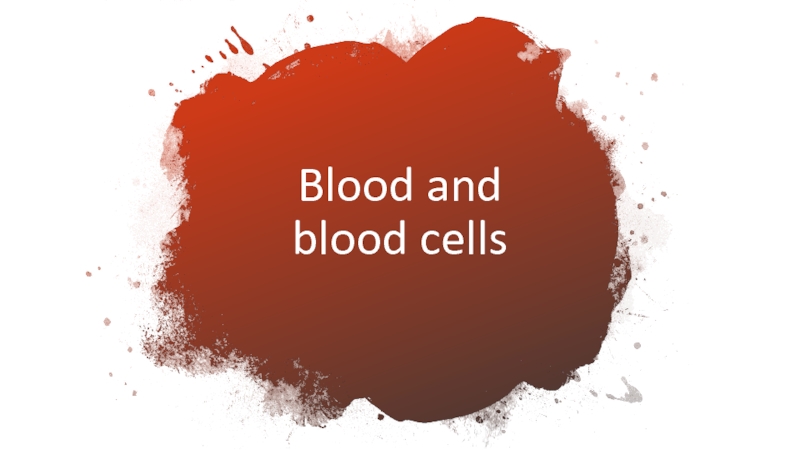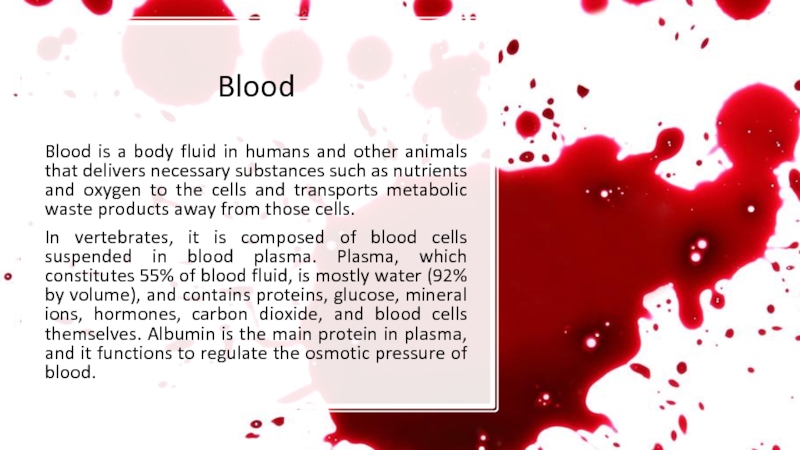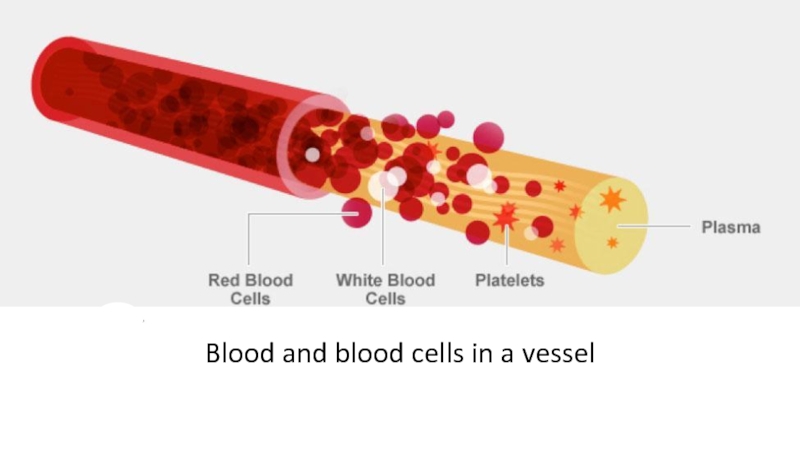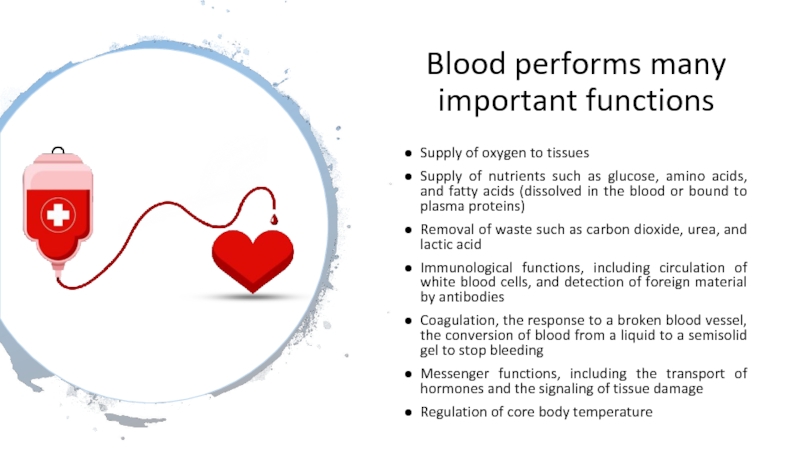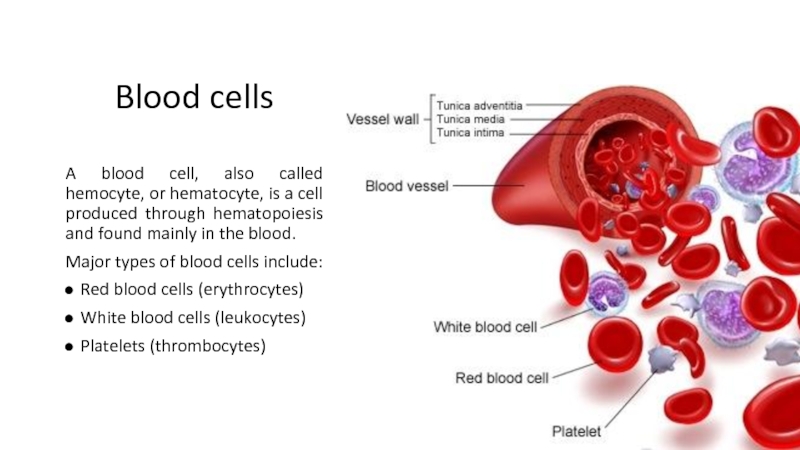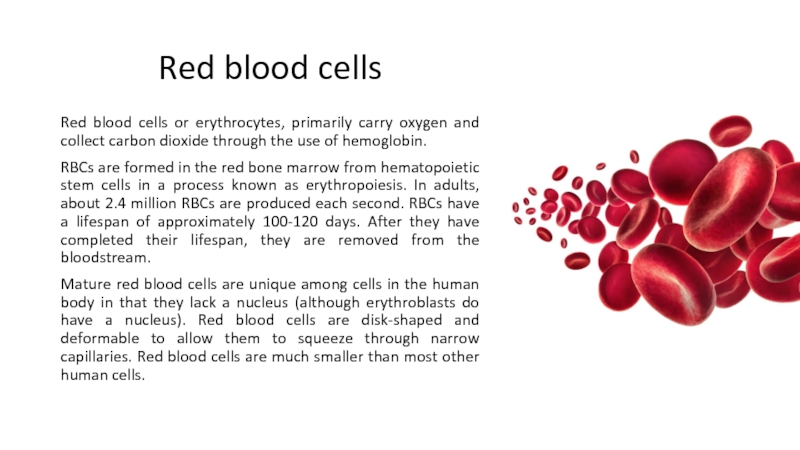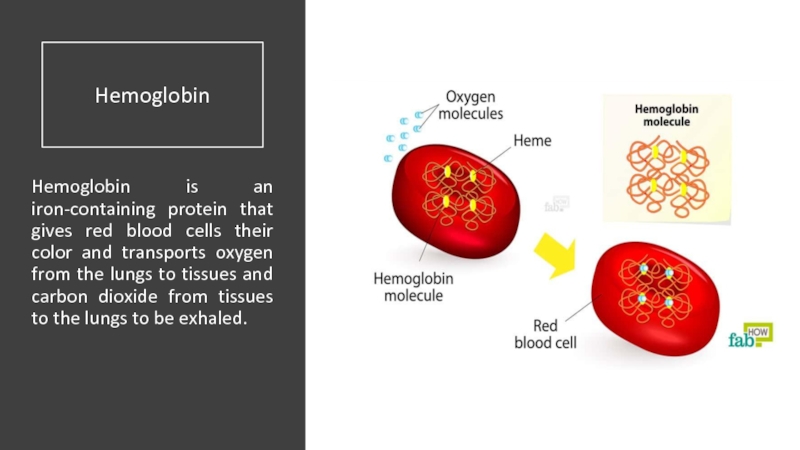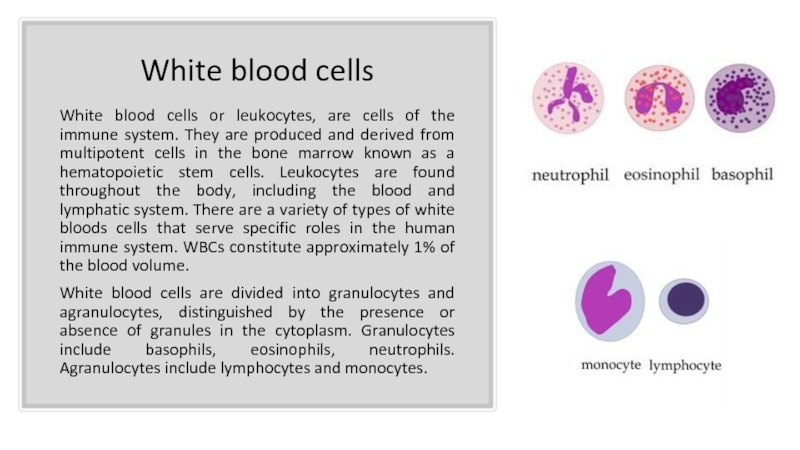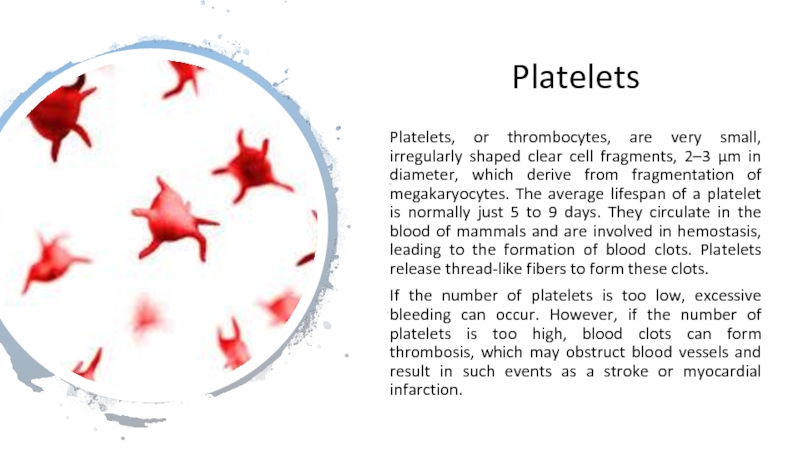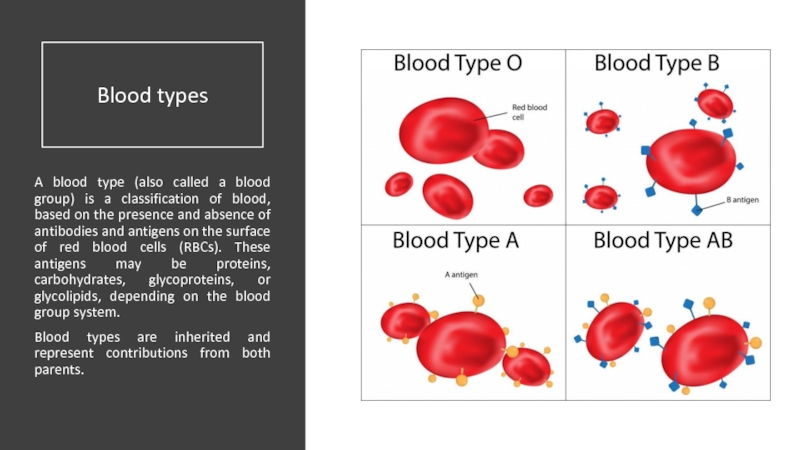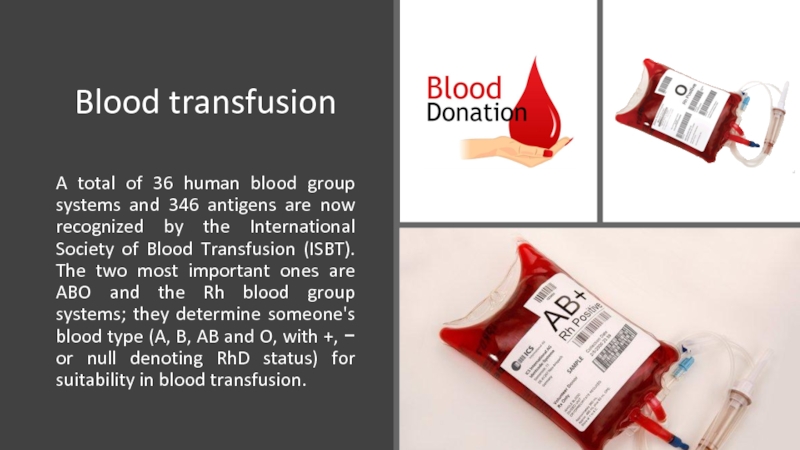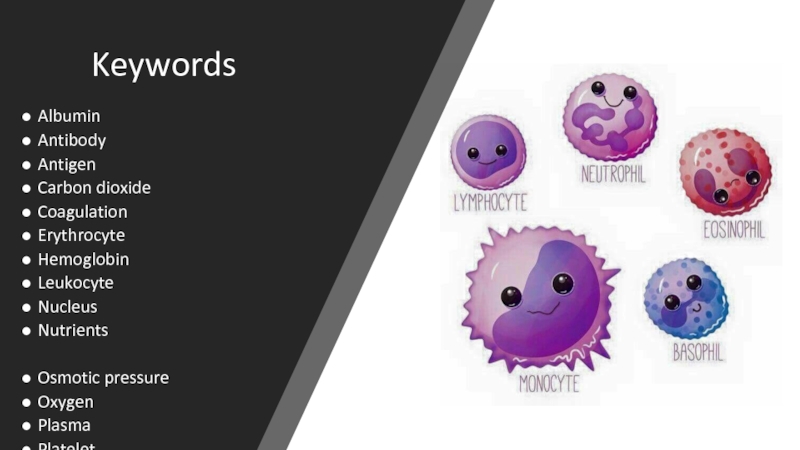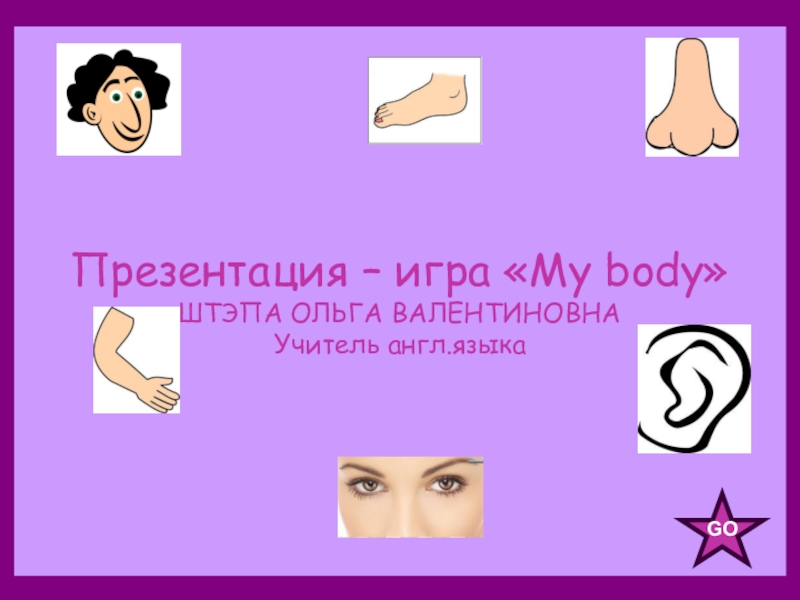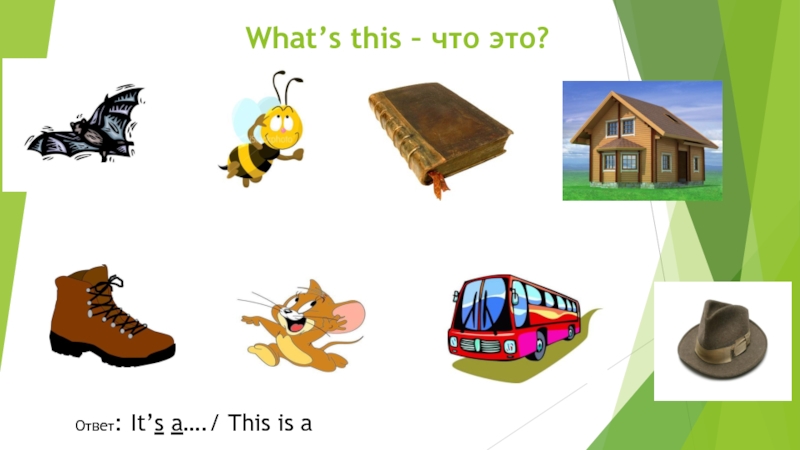- Главная
- Разное
- Образование
- Спорт
- Естествознание
- Природоведение
- Религиоведение
- Французский язык
- Черчение
- Английский язык
- Астрономия
- Алгебра
- Биология
- География
- Геометрия
- Детские презентации
- Информатика
- История
- Литература
- Математика
- Музыка
- МХК
- Немецкий язык
- ОБЖ
- Обществознание
- Окружающий мир
- Педагогика
- Русский язык
- Технология
- Физика
- Философия
- Химия
- Шаблоны, фоны, картинки для презентаций
- Экология
- Экономика
Презентация, доклад на тему Blood and blood cells
Содержание
- 1. Blood and blood cells
- 2. BloodBlood is a body fluid in humans
- 3. Blood and blood cells in a vessel
- 4. Blood performs many important functions Supply of
- 5. Blood cellsA blood cell, also called hemocyte,
- 6. Red blood cellsRed blood cells or erythrocytes,
- 7. HemoglobinHemoglobin is an iron-containing protein that gives
- 8. White blood cellsWhite blood cells or leukocytes,
- 9. PlateletsPlatelets, or thrombocytes, are very small, irregularly
- 10. Blood typesA blood type (also called a
- 11. Blood transfusionA total of 36 human blood
- 12. KeywordsAlbuminAntibodyAntigenCarbon dioxideCoagulationErythrocyteHemoglobinLeukocyteNucleusNutrientsOsmotic pressureOxygenPlasmaPlateletRed bone marrowStem cellThrombocyteUreato obstructto transfuse
BloodBlood is a body fluid in humans and other animals that delivers necessary substances such as nutrients and oxygen to the cells and transports metabolic waste products away from those cells.In vertebrates, it is composed of
Слайд 2Blood
Blood is a body fluid in humans and other animals that
delivers necessary substances such as nutrients and oxygen to the cells and transports metabolic waste products away from those cells.
In vertebrates, it is composed of blood cells suspended in blood plasma. Plasma, which constitutes 55% of blood fluid, is mostly water (92% by volume), and contains proteins, glucose, mineral ions, hormones, carbon dioxide, and blood cells themselves. Albumin is the main protein in plasma, and it functions to regulate the osmotic pressure of blood.
In vertebrates, it is composed of blood cells suspended in blood plasma. Plasma, which constitutes 55% of blood fluid, is mostly water (92% by volume), and contains proteins, glucose, mineral ions, hormones, carbon dioxide, and blood cells themselves. Albumin is the main protein in plasma, and it functions to regulate the osmotic pressure of blood.
Слайд 4Blood performs many important functions
Supply of oxygen to tissues
Supply of
nutrients such as glucose, amino acids, and fatty acids (dissolved in the blood or bound to plasma proteins)
Removal of waste such as carbon dioxide, urea, and lactic acid
Immunological functions, including circulation of white blood cells, and detection of foreign material by antibodies
Coagulation, the response to a broken blood vessel, the conversion of blood from a liquid to a semisolid gel to stop bleeding
Messenger functions, including the transport of hormones and the signaling of tissue damage
Regulation of core body temperature
Removal of waste such as carbon dioxide, urea, and lactic acid
Immunological functions, including circulation of white blood cells, and detection of foreign material by antibodies
Coagulation, the response to a broken blood vessel, the conversion of blood from a liquid to a semisolid gel to stop bleeding
Messenger functions, including the transport of hormones and the signaling of tissue damage
Regulation of core body temperature
Слайд 5Blood cells
A blood cell, also called hemocyte, or hematocyte, is a
cell produced through hematopoiesis and found mainly in the blood.
Major types of blood cells include:
Red blood cells (erythrocytes)
White blood cells (leukocytes)
Platelets (thrombocytes)
Major types of blood cells include:
Red blood cells (erythrocytes)
White blood cells (leukocytes)
Platelets (thrombocytes)
Слайд 6Red blood cells
Red blood cells or erythrocytes, primarily carry oxygen and
collect carbon dioxide through the use of hemoglobin.
RBCs are formed in the red bone marrow from hematopoietic stem cells in a process known as erythropoiesis. In adults, about 2.4 million RBCs are produced each second. RBCs have a lifespan of approximately 100-120 days. After they have completed their lifespan, they are removed from the bloodstream.
Mature red blood cells are unique among cells in the human body in that they lack a nucleus (although erythroblasts do have a nucleus). Red blood cells are disk-shaped and deformable to allow them to squeeze through narrow capillaries. Red blood cells are much smaller than most other human cells.
RBCs are formed in the red bone marrow from hematopoietic stem cells in a process known as erythropoiesis. In adults, about 2.4 million RBCs are produced each second. RBCs have a lifespan of approximately 100-120 days. After they have completed their lifespan, they are removed from the bloodstream.
Mature red blood cells are unique among cells in the human body in that they lack a nucleus (although erythroblasts do have a nucleus). Red blood cells are disk-shaped and deformable to allow them to squeeze through narrow capillaries. Red blood cells are much smaller than most other human cells.
Слайд 7Hemoglobin
Hemoglobin is an iron-containing protein that gives red blood cells their
color and transports oxygen from the lungs to tissues and carbon dioxide from tissues to the lungs to be exhaled.
Слайд 8White blood cells
White blood cells or leukocytes, are cells of the
immune system. They are produced and derived from multipotent cells in the bone marrow known as a hematopoietic stem cells. Leukocytes are found throughout the body, including the blood and lymphatic system. There are a variety of types of white bloods cells that serve specific roles in the human immune system. WBCs constitute approximately 1% of the blood volume.
White blood cells are divided into granulocytes and agranulocytes, distinguished by the presence or absence of granules in the cytoplasm. Granulocytes include basophils, eosinophils, neutrophils. Agranulocytes include lymphocytes and monocytes.
White blood cells are divided into granulocytes and agranulocytes, distinguished by the presence or absence of granules in the cytoplasm. Granulocytes include basophils, eosinophils, neutrophils. Agranulocytes include lymphocytes and monocytes.
Слайд 9Platelets
Platelets, or thrombocytes, are very small, irregularly shaped clear cell fragments,
2–3 µm in diameter, which derive from fragmentation of megakaryocytes. The average lifespan of a platelet is normally just 5 to 9 days. They circulate in the blood of mammals and are involved in hemostasis, leading to the formation of blood clots. Platelets release thread-like fibers to form these clots.
If the number of platelets is too low, excessive bleeding can occur. However, if the number of platelets is too high, blood clots can form thrombosis, which may obstruct blood vessels and result in such events as a stroke or myocardial infarction.
If the number of platelets is too low, excessive bleeding can occur. However, if the number of platelets is too high, blood clots can form thrombosis, which may obstruct blood vessels and result in such events as a stroke or myocardial infarction.
Слайд 10Blood types
A blood type (also called a blood group) is a
classification of blood, based on the presence and absence of antibodies and antigens on the surface of red blood cells (RBCs). These antigens may be proteins, carbohydrates, glycoproteins, or glycolipids, depending on the blood group system.
Blood types are inherited and represent contributions from both parents.
Blood types are inherited and represent contributions from both parents.
Слайд 11Blood transfusion
A total of 36 human blood group systems and 346
antigens are now recognized by the International Society of Blood Transfusion (ISBT). The two most important ones are ABO and the Rh blood group systems; they determine someone's blood type (A, B, AB and O, with +, − or null denoting RhD status) for suitability in blood transfusion.
